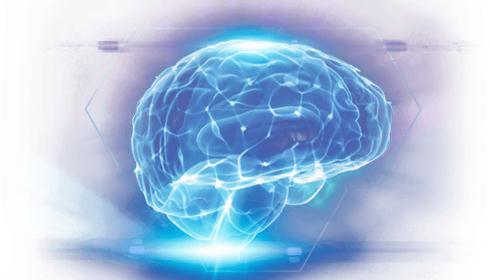
Exercise aids in improving Parkinson’s Disease symptoms finds review
A recent review of the available evidence reported that doing some exercise, no matter how mild, can improve the symptoms of Parkinson's Disease, a progressive nervous system disorder affecting mostly people over 60 for which there is currently no cure.
Any type of exercise can help to reduce the severity of movement-related symptoms and improve the quality of life in people with Parkinson's disease. The authors stated that available evidence found that any type of structured exercise is preferable to none.
The review report, which was recently published in the Cochrane Database of Systematic Reviews, looked at 156 randomised controlled trials comparing physical exercise to no exercise or different types of exercise, and it included a total of 7,939 people across the world, making it the largest and most comprehensive such systematic review in people with Parkinson's Disease.
The review, a collaboration of independent, international experts led by Dr Elke Kalbe, Professor of Medical Psychology at the University of Cologne, Germany, found that physical exercise ranging from dance, water-based exercise, strength and resistance exercise and endurance exercise to tai chi, yoga and physiotherapy, made mild to large improvements to the severity of movement-related symptoms and quality of life.
“Parkinson’s Disease is a progressive disorder of the nervous system that mostly affects people over 60,” Professor Kalbe said.
Pointing out that symptoms begin gradually and include movement problems such as trembling, stiffness, slowness of movement and balance, and lack of coordination, he added, “People can also have emotional and mood problems, fatigue, sleep problems and cognitive difficulties.”
Reiterating that Parkinson’s Disease cannot be cured, Prof Kalbe said that the symptoms can be relieved, and physiotherapy or other forms of exercise may help too.
Elaborating that physical activities like dancing, training to improve gait, balance and movement, multi-exercise training, and mind-body training, can improve the symptoms of Parkinson's disease, The first author of the review, Moritz Ernst, a member of Cochrane Haematology and deputy head of the working group on Evidence-based Medicine said, “We observed clinically meaningful improvements in the severity of motor symptoms for most types of exercise.”
“We saw similar benefits in the severity of motor symptoms for water-based training, strength and resistance training, and endurance training, but the estimates of improvement were rather imprecise, meaning that we are not as confident in saying that these improvements are clinically meaningful,” he added.
Admitting that these estimates were rather imprecise, Ernst said, “For the effects on quality of life, we observed clinically meaningful beneficial effects for water-based training, and effects that are probably clinically meaningful for several types of exercise, such as endurance training, mind-body training, training to improve gait, balance and movement and multi-exercise training.”
According to the estimates of the World Health Organisation (WHO), globally, the prevalence of Parkinson's disease (PD) has doubled in the past 25 years, with global estimates in 2019 showing over 8.5 million individuals living with PD.
The UN Health agency says that, in 2019, PD resulted in 5.8 million disability-adjusted life years, an increase of 81% since 2000, and caused 329,000 deaths, an increase of more than 100% since 2000, pointing out that disability and death due to PD are increasing faster than for any other neurological disorder.